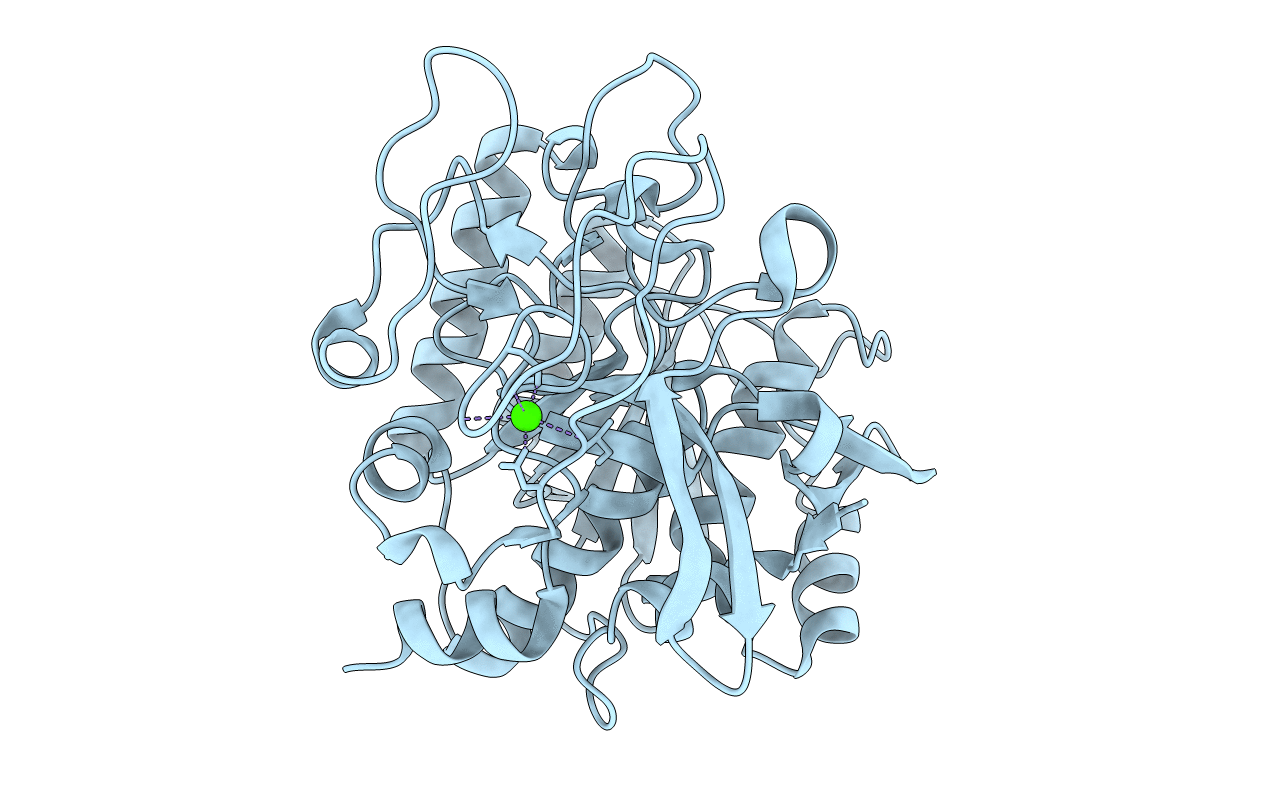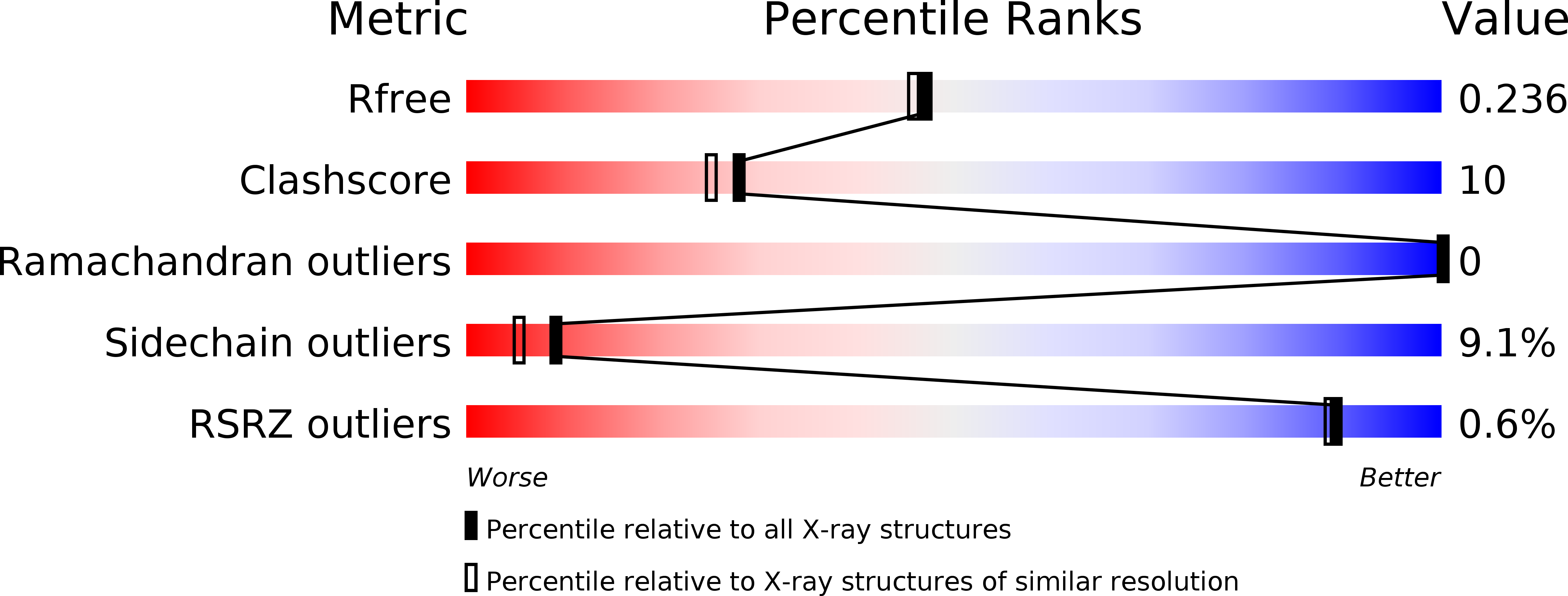
Deposition Date
2004-03-10
Release Date
2004-06-01
Last Version Date
2023-08-23
Entry Detail
Biological Source:
Source Organism:
Alicyclobacillus sendaiensis (Taxon ID: 192387)
Host Organism:
Method Details:
Experimental Method:
Resolution:
2.00 Å
R-Value Free:
0.25
R-Value Observed:
0.14
Space Group:
P 1


